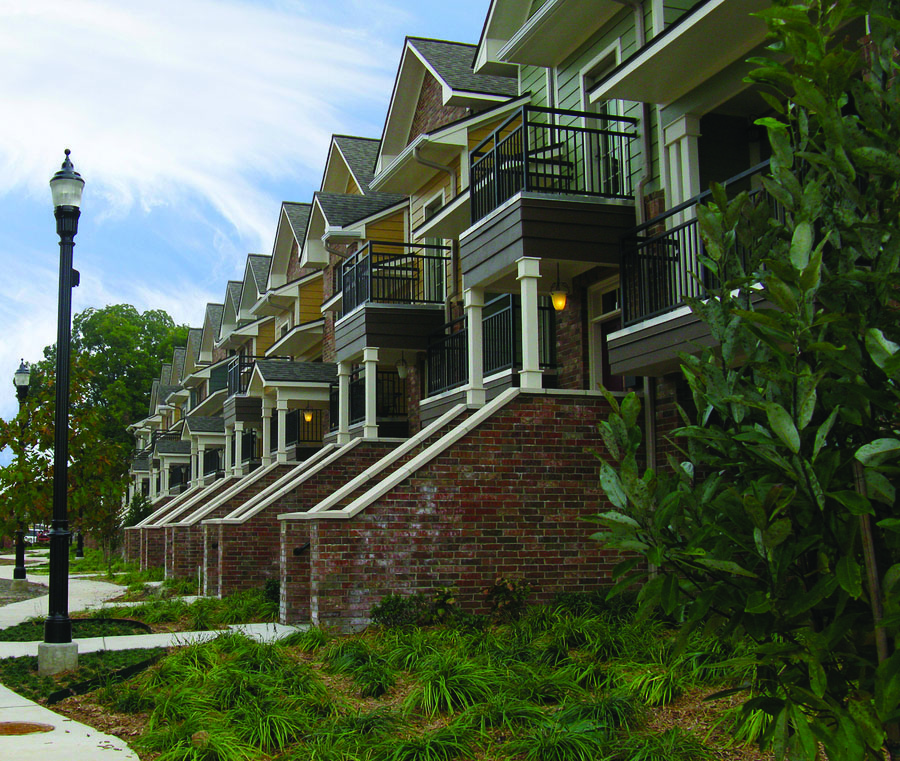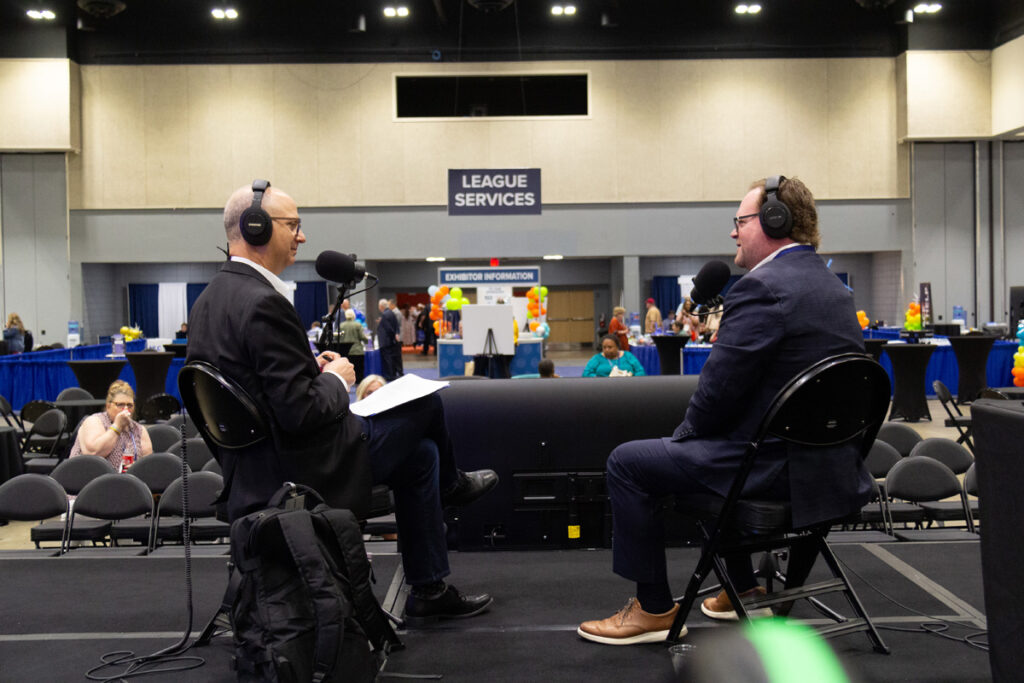As another year closes, some issues remain high on the list of urban planning concerns. This month we take a final look at perhaps the most nagging of current problems—the stubborn question of short-term rentals (STRs).
The year has seen efforts by some municipalities to address the impact of these on their communities. Others that previously seemed unconcerned about them are beginning to stir. No “bright-line” solution emerges. Approaches among cities and towns vary.
As for the public, that anonymous group that directs all plans for urban development, there is little guidance. The consistent response among citizens is that an STR would not be appropriate next door to their property but fine somewhere else.
Welcome to municipal government.
As a beginning step, some municipal leaders look into ways they might accommodate the STR industry while protecting the health, safety and welfare of permanent residents.
An alternative approach might be to address the health, safety and welfare of the community and then let the short-term rental industry adjust to those needs.
This novel approach requires planning and thought. First, any approach must withstand potential legal scrutiny, a test that is beyond the scope of this column. It is safe to assume, though, that a discernible nexus (logical and provable connection) between a solution and an identified issue of public concern must exist. A city or town should then be able to adopt any procedure in which it can show that it is addressing documented community issues.
Consider an actual case study. A (somewhat) hypothetical city in our state compiled an assessment of existing conditions.
First, extremely rough terrain limited the potential for future subdivision development.
Next, the existing utility system wasn’t sufficient for significant expansion of the housing stock.
Next, there was a documented market for housing by younger families wishing to locate in the city permanently, with more demand than supply and commuting options limited.
Next, there was a documented need for workforce housing in the community.
Next, there were ample commercial motel and hotel accommodations in the city to serve external demand.
These factors led leaders to a decision that the loss of housing stock to the commercial enterprise of STRs was a demonstrable threat to the city’s wellbeing. Leaders banned them in residential zones entirely.
Between this solution and the “wide-open” policy of no restrictions are many solutions to the issue. Each solution should enjoy the same degree of analysis. There are cautions. Some of these include the following:
Is the solution enforceable? There are numerous points to consider. Some are obvious. If the municipality requires permits and adopts regulations, can the current staff process the permit applications and enforce the adopted regulations? How will the staff determine the location of units requiring enforcement? Software providers claim to have apps that pinpoint locations. Some cities and towns report finding problems with these. Another reports that staff must follow an assigned schedule to check permitted sites for compliance with adopted standards. Of course, this takes time away from other staff duties. Don’t forget that many STR violations occur after business hours. This requires inspectors to work evenings and weekends to respond to complaints.
Answering inquiries from potential applicants wishing to operate a short-term rental as well as from individuals wishing to use one can, according to one city, require substantial staff time. Arguments arise with unusual regularity regarding a particular city’s position as compared to those of other cities (all cheaper and more accommodating). Again, this takes time away from other staff duties.
After STRs are operating, does the municipality have resources available to handle the misuse of a permit? Stating that STRs are not to be used for parties or disruptive gatherings does not imply compliance. Neither do initial promises match long-term compliance. This means periodic reviews and inspections. Once more, this takes time away from other staff duties.
Proposed STR regulations must, as mentioned, pass legal review. City attorneys will likely ask if the regulations are fair. Do they treat property owners equally? Do they infringe upon the rights of protected categories of citizens? Do they restrict property rights, the subject of at least one legal case in our state? Finally, are they consistent with the state statues governing planning, zoning and development? Do the regulations adequately define an STR and differentiate it from more conventional forms of property rental? Is there a clear process flowing from analysis to policy, to plan and, finally, to regulation and enforcement?
Finally, are perceived threats worth the effort and application of resources? The threat of blight probably isn’t. Reports indicate that STR properties are well maintained, often the best in the vicinity. Tax revenue probably isn’t going to offset the cost of implementing and collecting those taxes. Addressing competition with conventional hotels and motels is a tough goal for a municipality. Reports indicate that the owners of conventional outlets desire a “level playing field” more than the elimination of competition.
Other issues offer more substantial threats. Neighborhood stability represents a key concern. So does the provision of parking, along with the promise of safety to visitors. Accountability and responsibility weigh heavily. Peace and tranquility in neighborhood life are matters worth attending if it can be shown that STRs pose a greater threat than that found in existing neighborhoods.
Other factors represent important issues for municipal leaders. The first is the loss of housing stock for those wishing to reside permanently in the city. Some may be able to keep up with the demand. Others won’t. There are reports from small, tourist-oriented communities in our state that the loss of permanent housing to STRs may even threaten the ability of the community to function as a city.
Then there is the purchase of shelter, whether under a lease or purchase arrangement. In addition to single-family dwellings, rental developments are being converted, in part or in whole, for STR use. Longtime residents are facing eviction. For renters, the economic principle of supply and demand will force rental prices to rise, even if other factors hold steady. In many cases, families seeking such shelter represent those among us most in need of affordable housing.
The purchase of a home also faces barriers. In the future, homebuyers will have to bid with private companies for the price. The long-term effects of this remain to be seen.
As a bonus, here are some thoughts from (anonymous) professional planners in our state:
“STR owners from Austin don’t count for state turnback funds.”
“Know exactly why you are requiring whatever. People will ask. And ask.”
“Who will contact outlaw STRs? What will you do about it?”
“Clearly state the city’s expected outcomes. For example, more visitors and fewer permanent residents.”
Municipal leaders face choosing between those who wish to change neighborhoods into mini-motel sites or those who wish to “drop anchor” and live in the community. Regarding the issue of short-term rentals, a certified planner in one of our major cities stated it best:
“We need to reframe the conversation.”
Next issue: some suggestions. In the meantime, happy new year.
Jim von Tungeln is staff planning consultant and available for consultation as a service of the Arkansas Municipal League. He is a member of the American Institute of Certified Planners. Persons having comments or questions may reach him at 501-944-3649. His email is [email protected].










